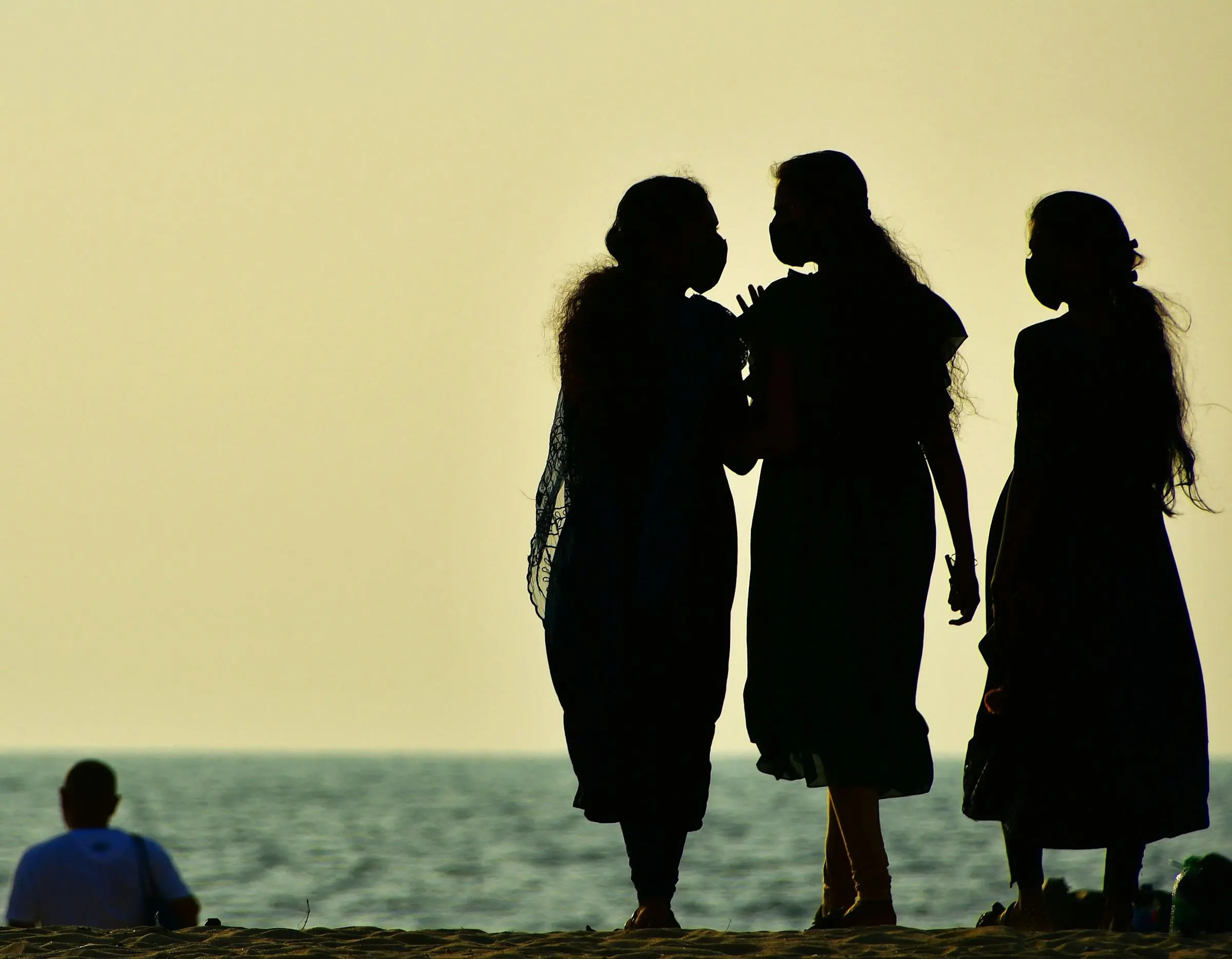New study challenges claim polygyny drives men to civil war

A new study on polygyny, published in the journal PNAS (3 October 2025), challenges a long-held assumption across both academia and the popular press that when some men can marry multiple wives, large numbers of other men are excluded from the marriage market. The assumption is that this surplus of unmarried men in turn fuels negative societal outcomes, including crime, armed conflict, and especially civil war.
New data, however, disputes this theory, revealing instead that polygyny can often exist without leaving any men unmarried. The paper by Hampton Gaddy, a PhD student at the London School of Economics and Political Science (LSE) alongside Professor Rebecca Sear from Brunel University of London and Professor Laura Fortunato from the University of Oxford, sets out how high-polygyny populations often have marriage markets skewed in favour of men, and that men in high-polygyny populations usually marry more than men in low-polygyny ones.
Polygyny, sometimes known as polygamy, is defined as a heterosexual marriage system in which men are allowed to be married to multiple women at the same time. While the prevalence of polygyny has declined substantially across sub-Saharan Africa and Muslim-majority countries in recent decades, the practice is still common in both parts of the world, and especially in sub-Saharan Africa.
The research used sophisticated demographic models to explore the mathematical effect of polygyny on men’s chances of marrying, considering a wide range of demographic factors like life expectancy, men’s and women’s age at marriage, and population growth. The results show that polygyny does not have to lead to an unbalance of available marriage partners.
For instance, in a stable population of 25-year-old men and women with high and equal life expectancies, 1 per cent of men could marry 2.5 wives on average, while 99 per cent of men could still marry 1 wife each. In contrast, in a quickly growing population where life expectancy is low, women live longer than men, and men marry younger women, over 50 per cent of 45-year-old men could marry multiple wives while leaving enough women for all other men to marry. These modelled scenarios closely match the conditions in many sub-Saharan African populations, helping to explain why polygyny is both common and sustainable in the region.
Hampton Gaddy, a postgraduate student in the Department of Economic History at LSE, commented: “Polygyny has long been a contentious topic in political science. A prominent political science book was published in 2018 called The Evils of Polygyny, and another researcher has gone so far as to call polygyny the ‘first law of civil wars’. The likes of The Economist have argued that polygyny is the root of civil war in sub-Saharan Africa, and one recent study has especially tried to implicate polygyny in the rise of Boko Haram in West Africa.
“This study highlights that many of the fears around the impacts of this practice are unfounded and brings us towards a more accurate, data-driven assessment of polygyny’s effects on society. These effects vary across societies, and vary with the ability of societies to protect the rights of women and children. The data makes it clear, however, that polygyny does not necessarily, or usually, create large numbers of unmarried men. In fact, high-polygyny communities usually have the demography and social norms that facilitate men marrying at even higher rates than men in low-polygyny communities.”
The research also analysed 84.1 million census records across 30 countries in Africa, Asia, and Oceania between 1969 and 2016, alongside 26 million records from the 1880 US census. Just six of 74 censuses from 1969 to 2016 (eight per cent) showed more unmarried men in high-polygyny regions than in low-polygyny regions, while 34 (46 per cent) showed the opposite pattern, with fewer unmarried men in high-polygyny areas. In the US case, counties with widespread Mormon polygyny in 1880 had significantly lower rates of unmarried men than neighbouring counties. The researchers showed that this set of findings persisted over a range of different statistical analyses and after accounting for local sex ratios.
The authors point out that, in sub-Saharan Africa, high rates of polygyny tend to occur in communities that also place a high value on marriage in general. Studies show that people in high-polygyny communities report larger ideal family sizes, and men in these settings are less likely to remain childless by midlife. Similarly, historical Mormon polygyny in the 19th-century United States was sustained by intense social and religious pressure to marry. Overall, the evidence suggests that cultural norms favouring marriage in high-polygyny settings can outweigh the demographic constraints that polygyny places on all men’s ability to marry.
The study also challenges widely held evolutionary and cultural assumptions about marriage and male competition. It shows that high rates of polygyny do not inevitably leave men without partners, and that the large numbers of unmarried men assumed to drive civil war in high-polygyny populations do not seem to exist. Similarly, the study challenges evolutionary theories that monogamy evolved to reduce societal instability by ensuring that all men could marry.
The researchers stress that their study is not a defence of polygyny but a challenge to the assumption that it leaves many men unmarried. Instead, the findings reveal marriage to be shaped by complex cultural, social, and demographic factors. More broadly, the results highlight the need for nuanced, evidence-based policies on marriage and family life.
The report is available here